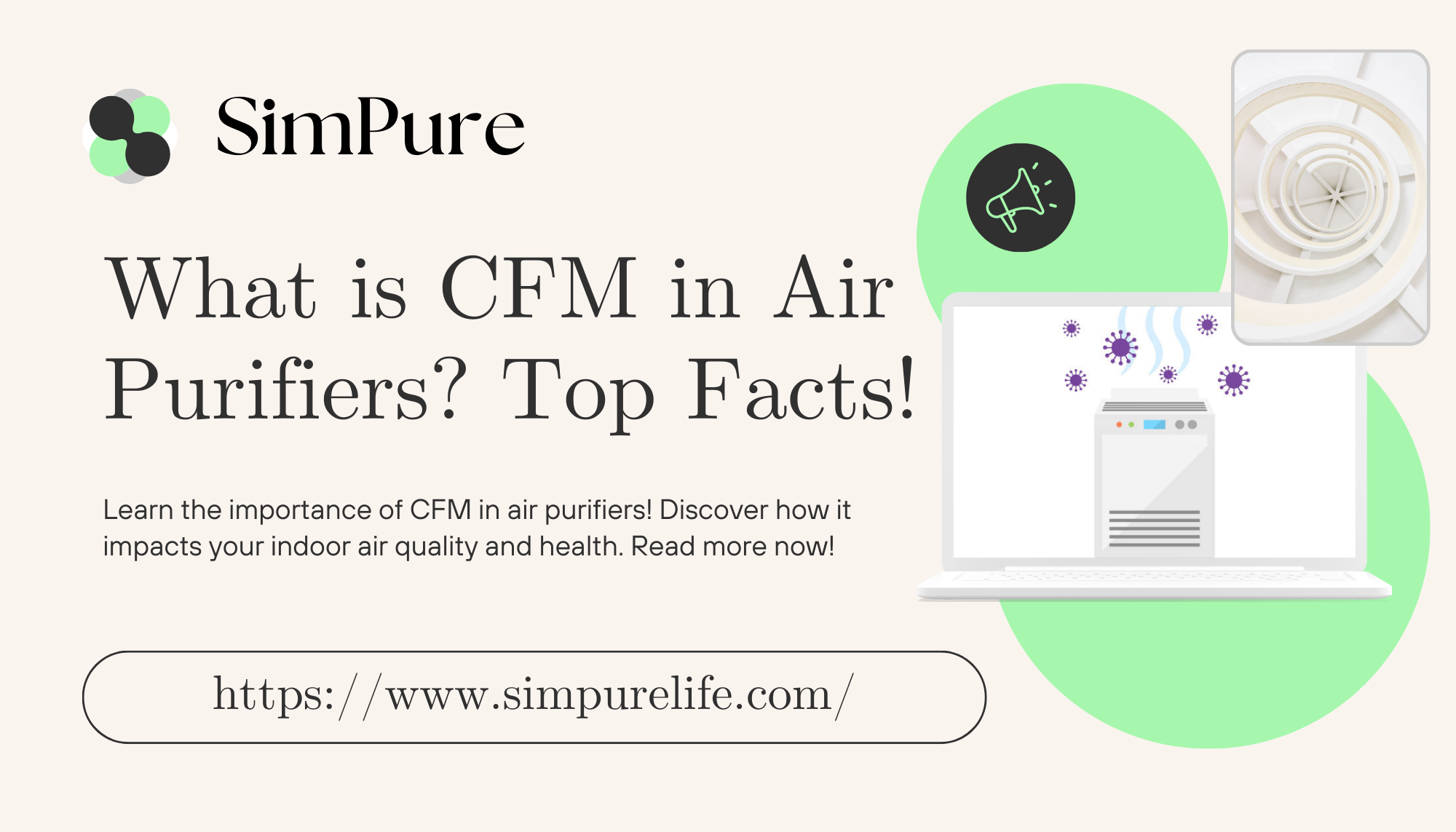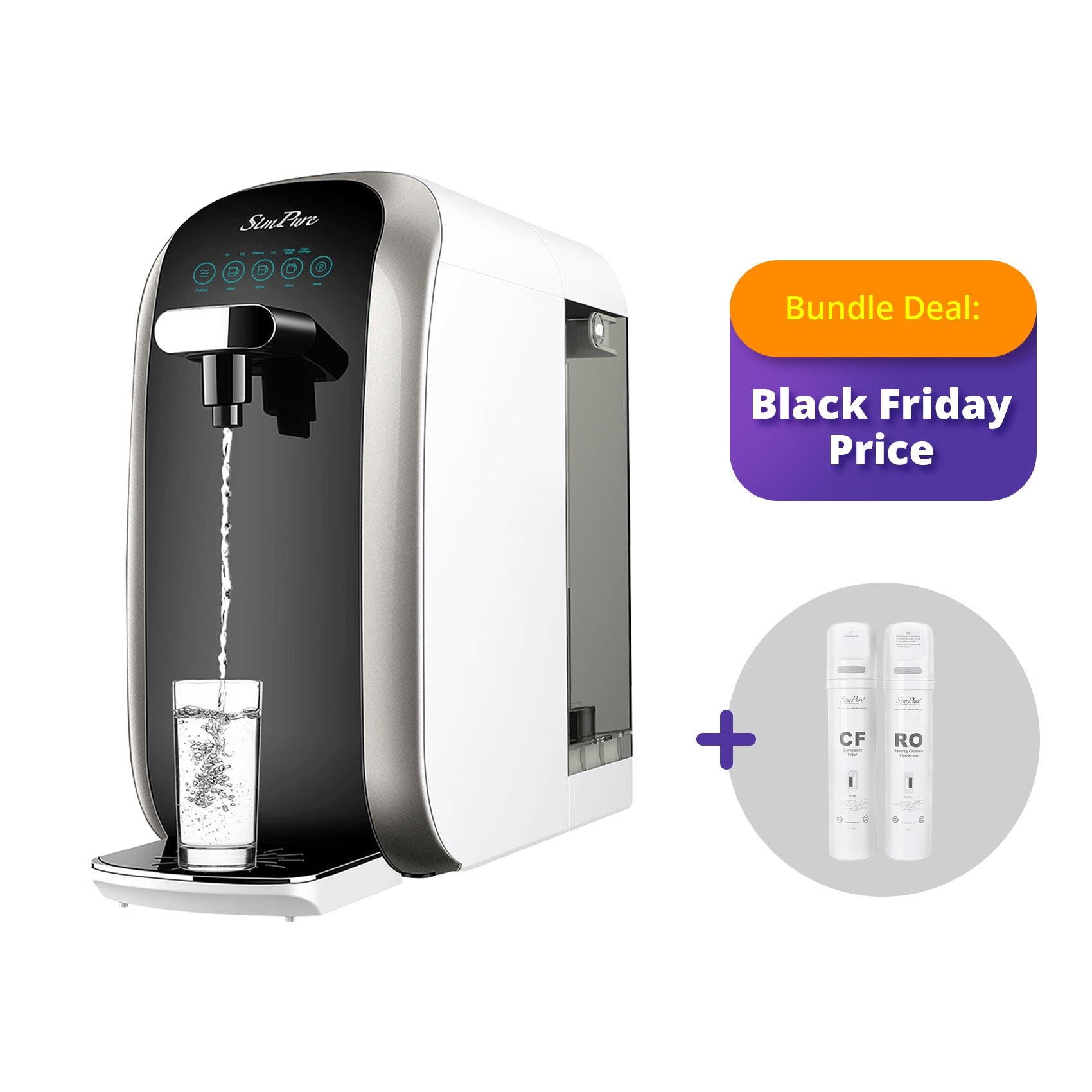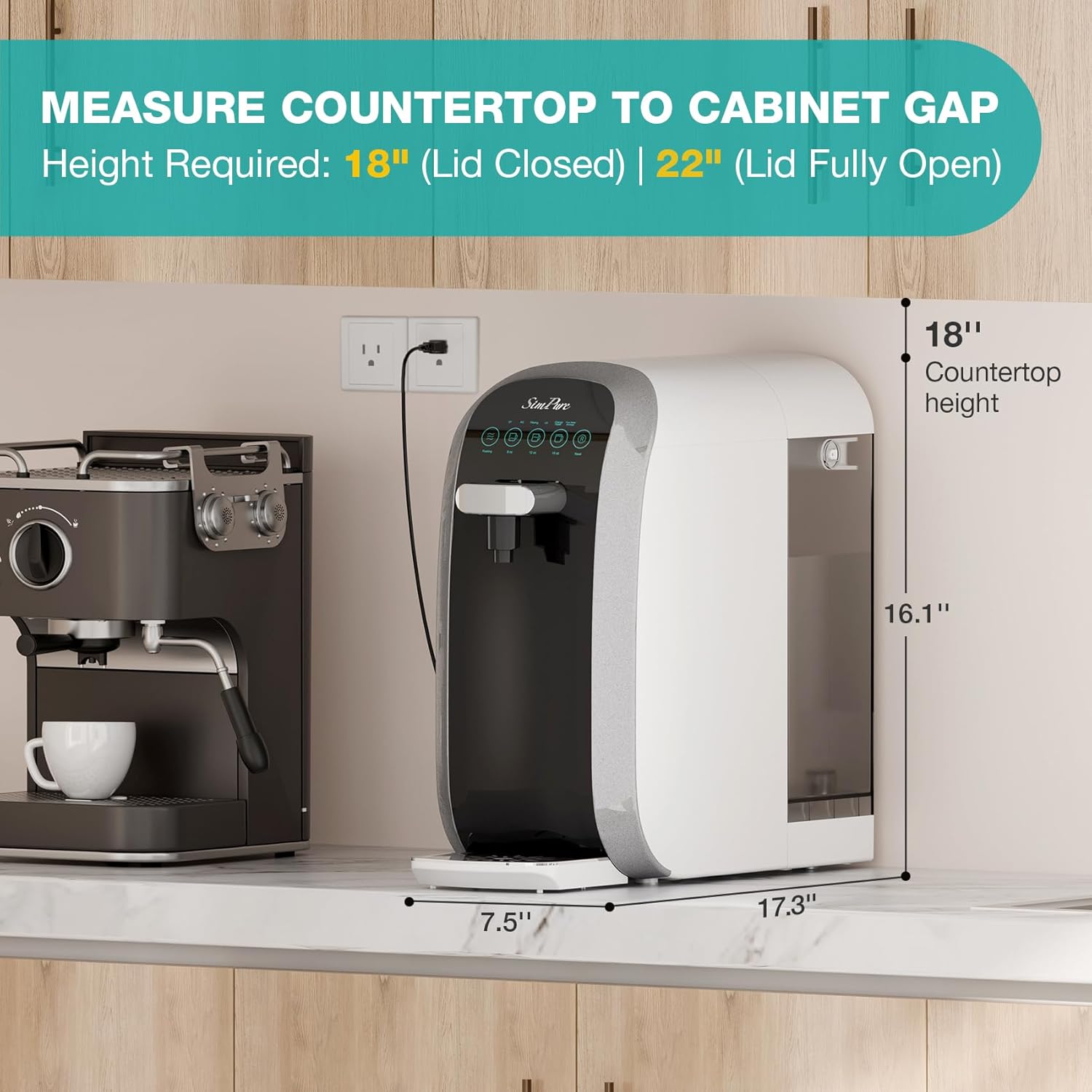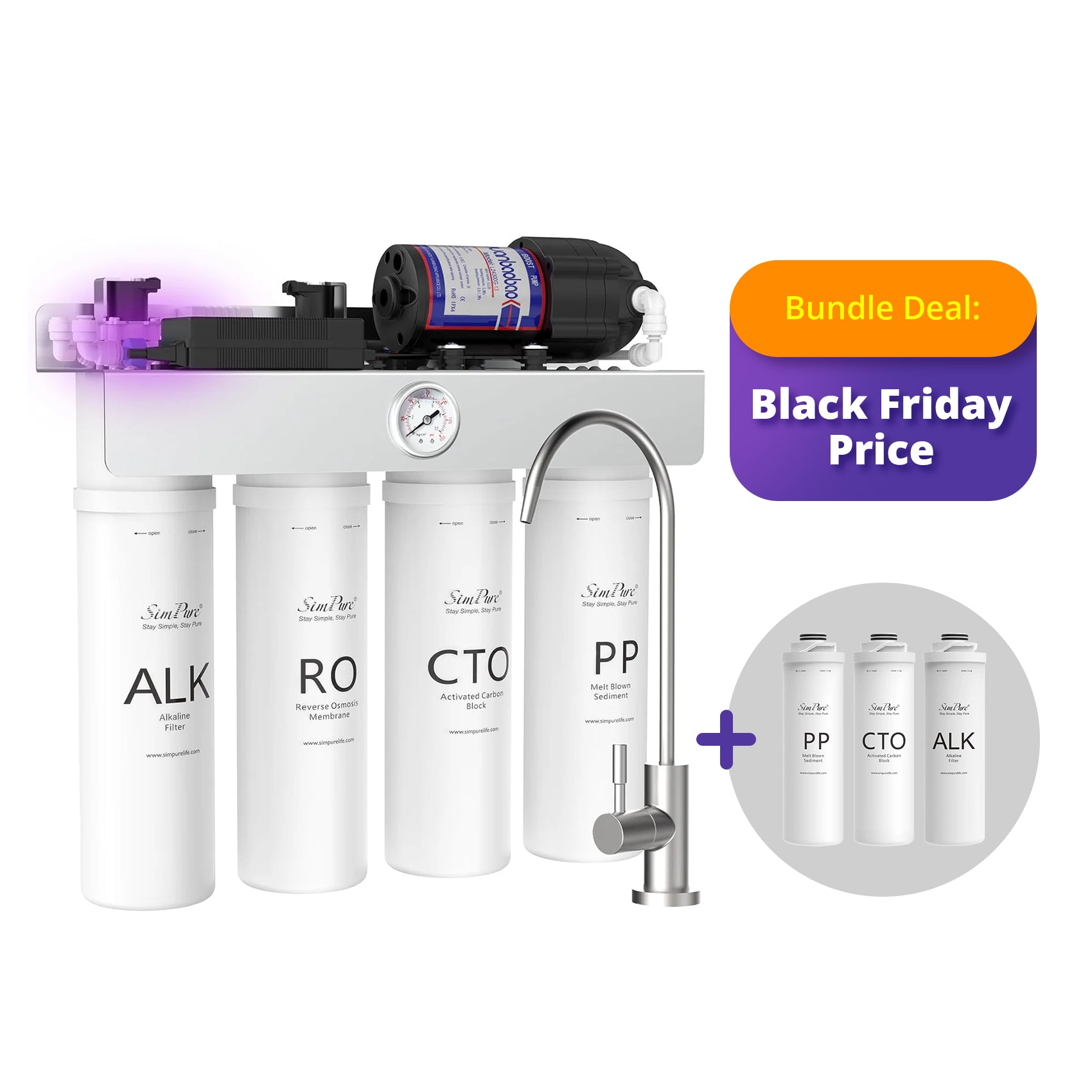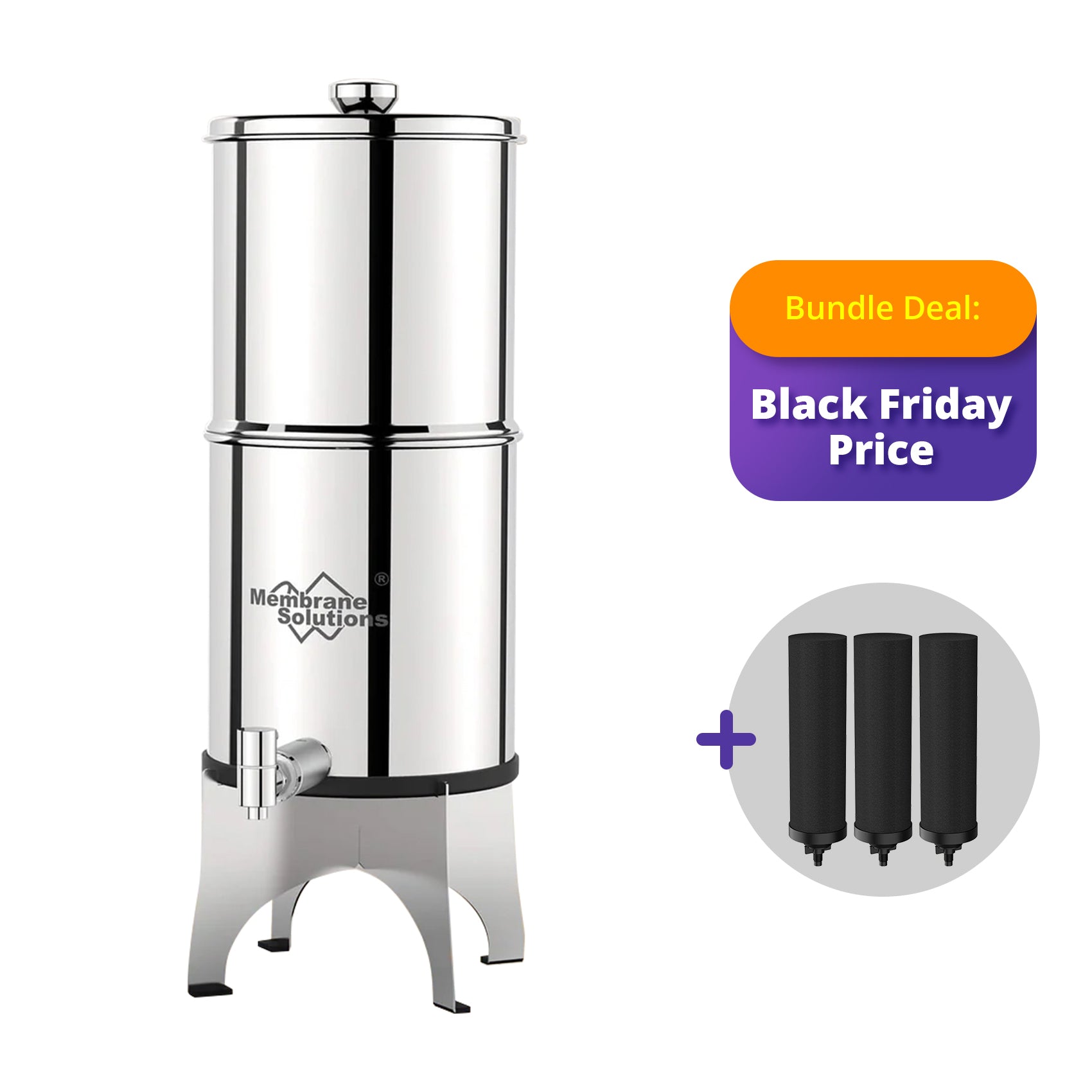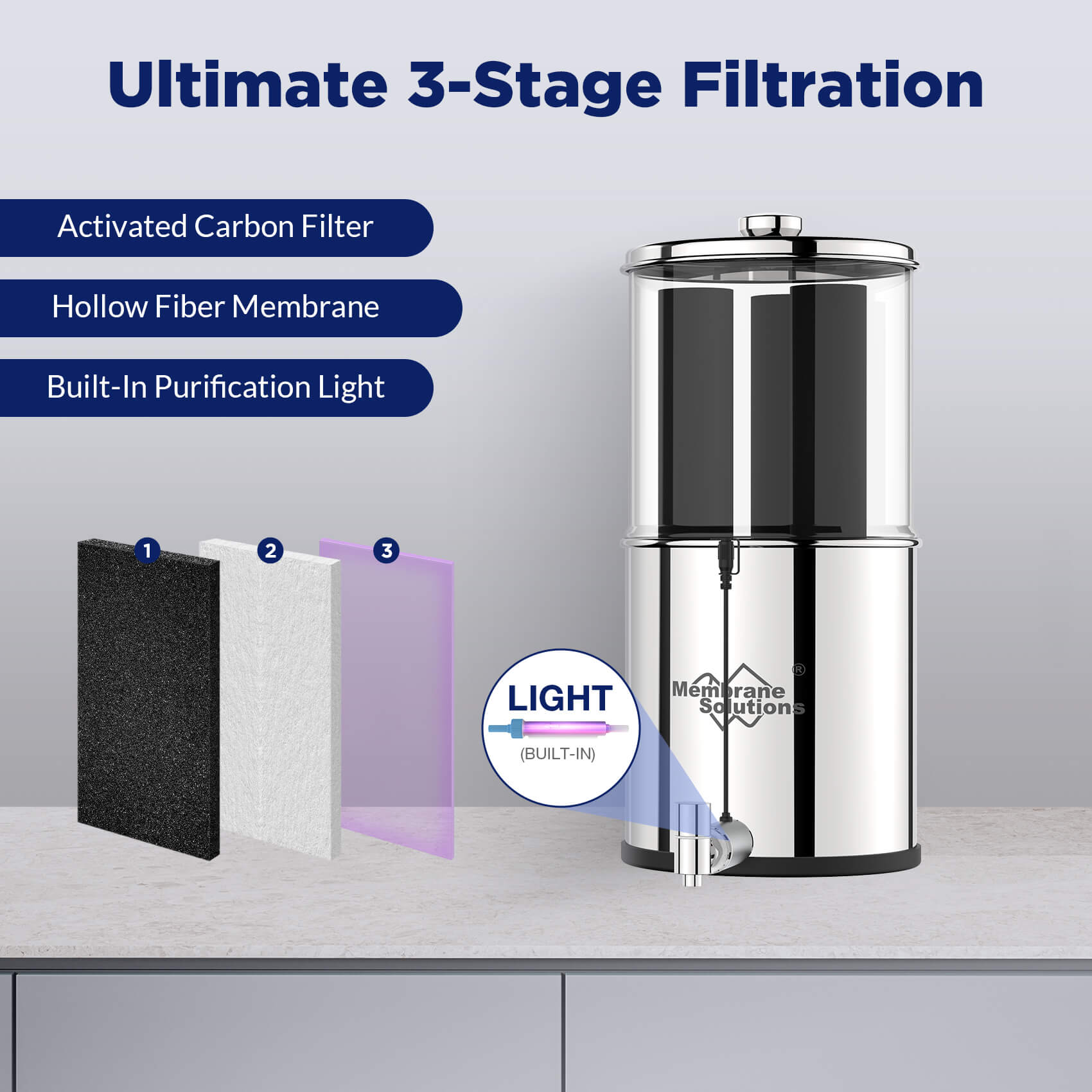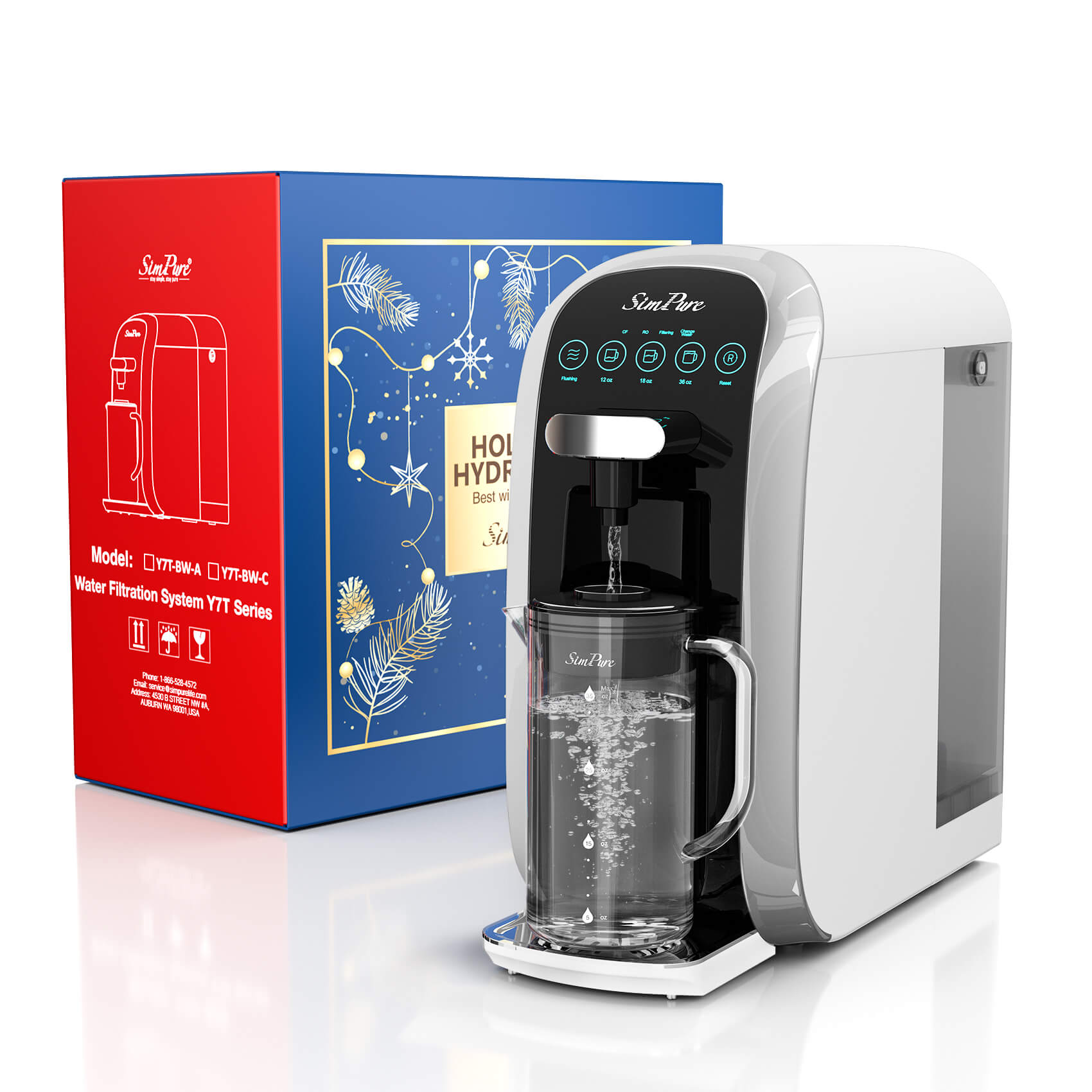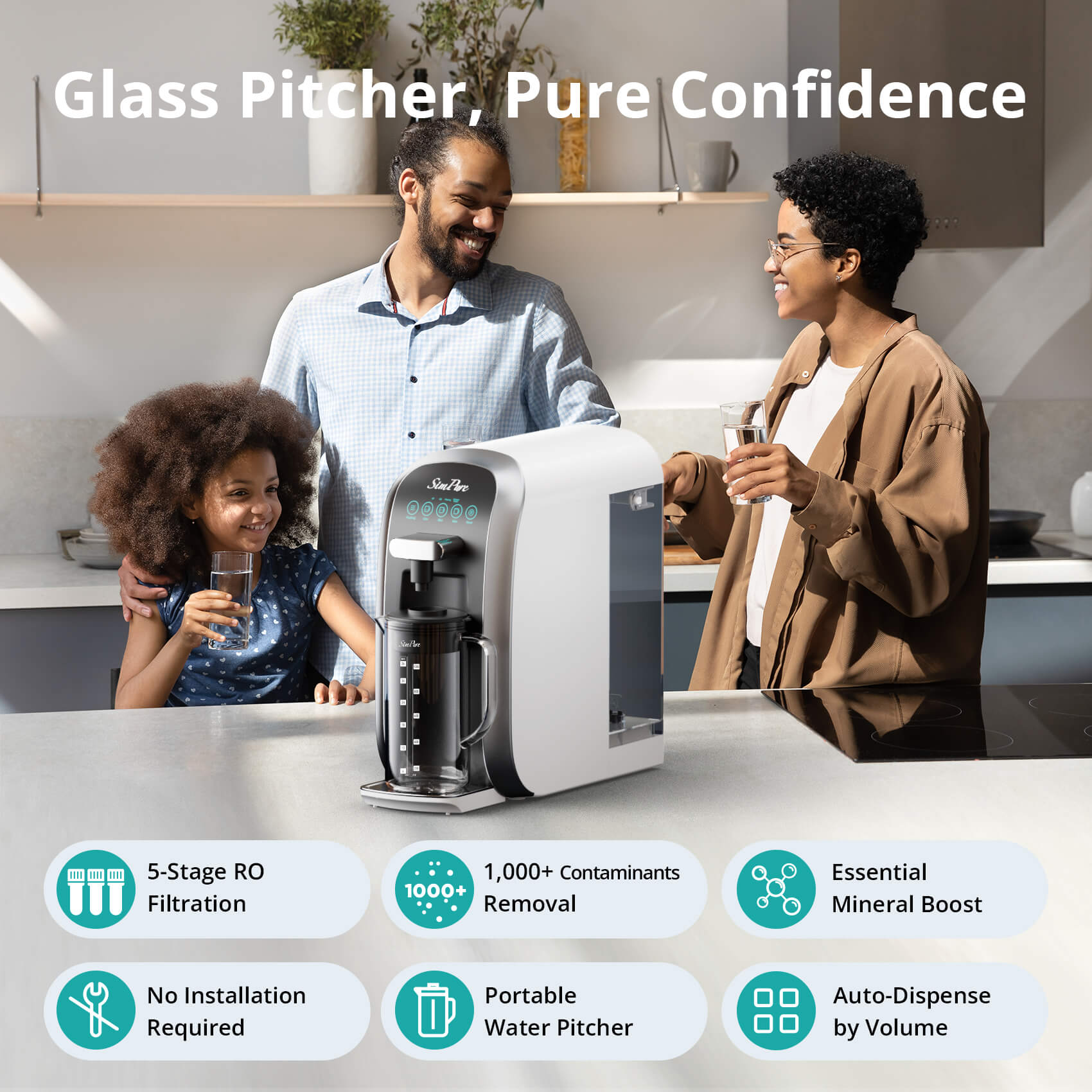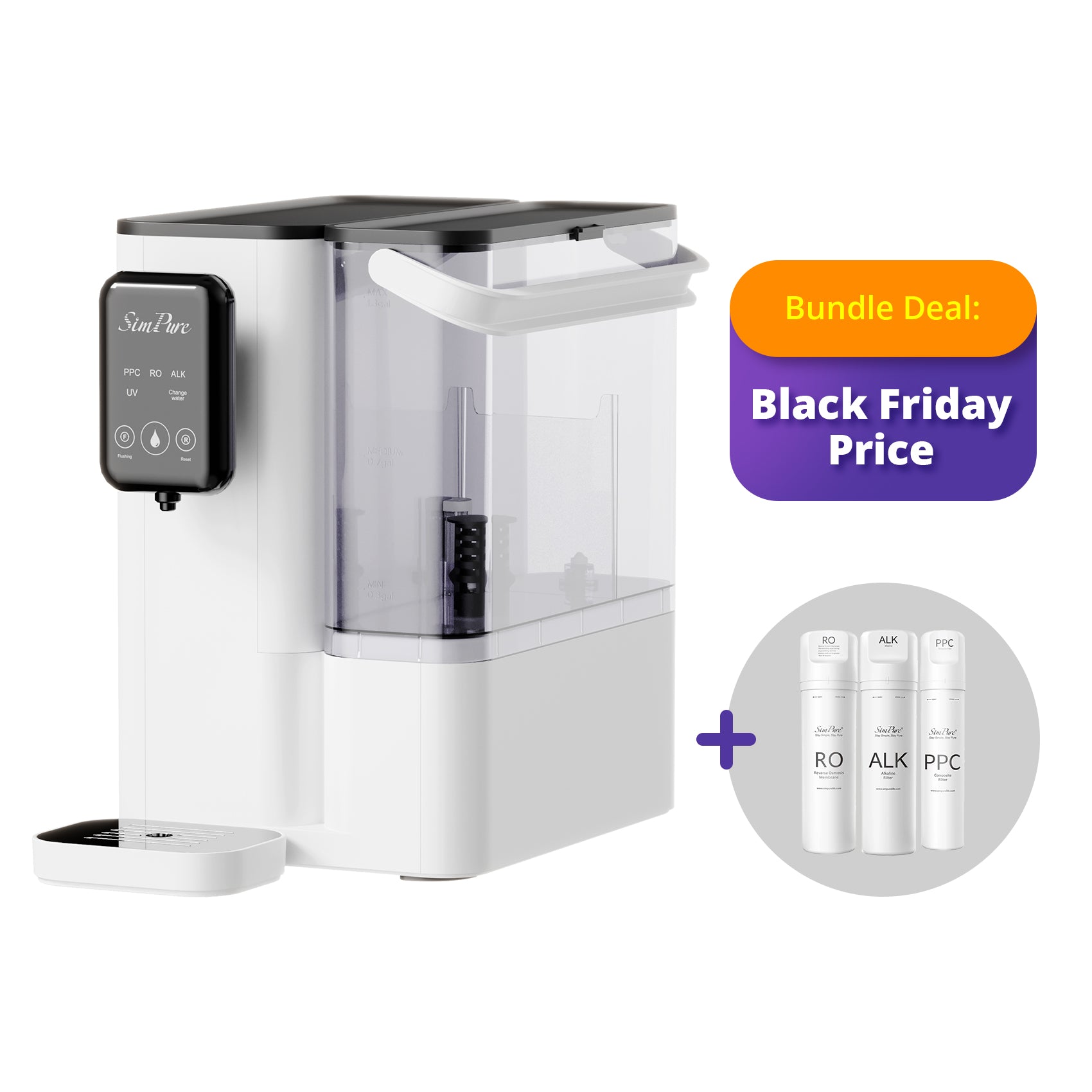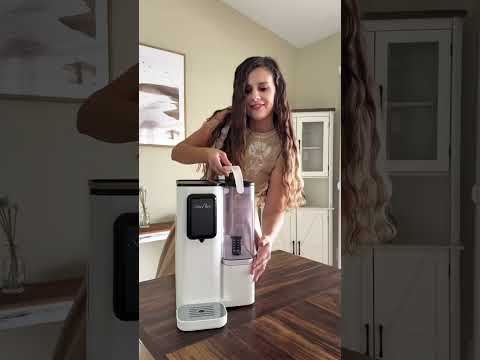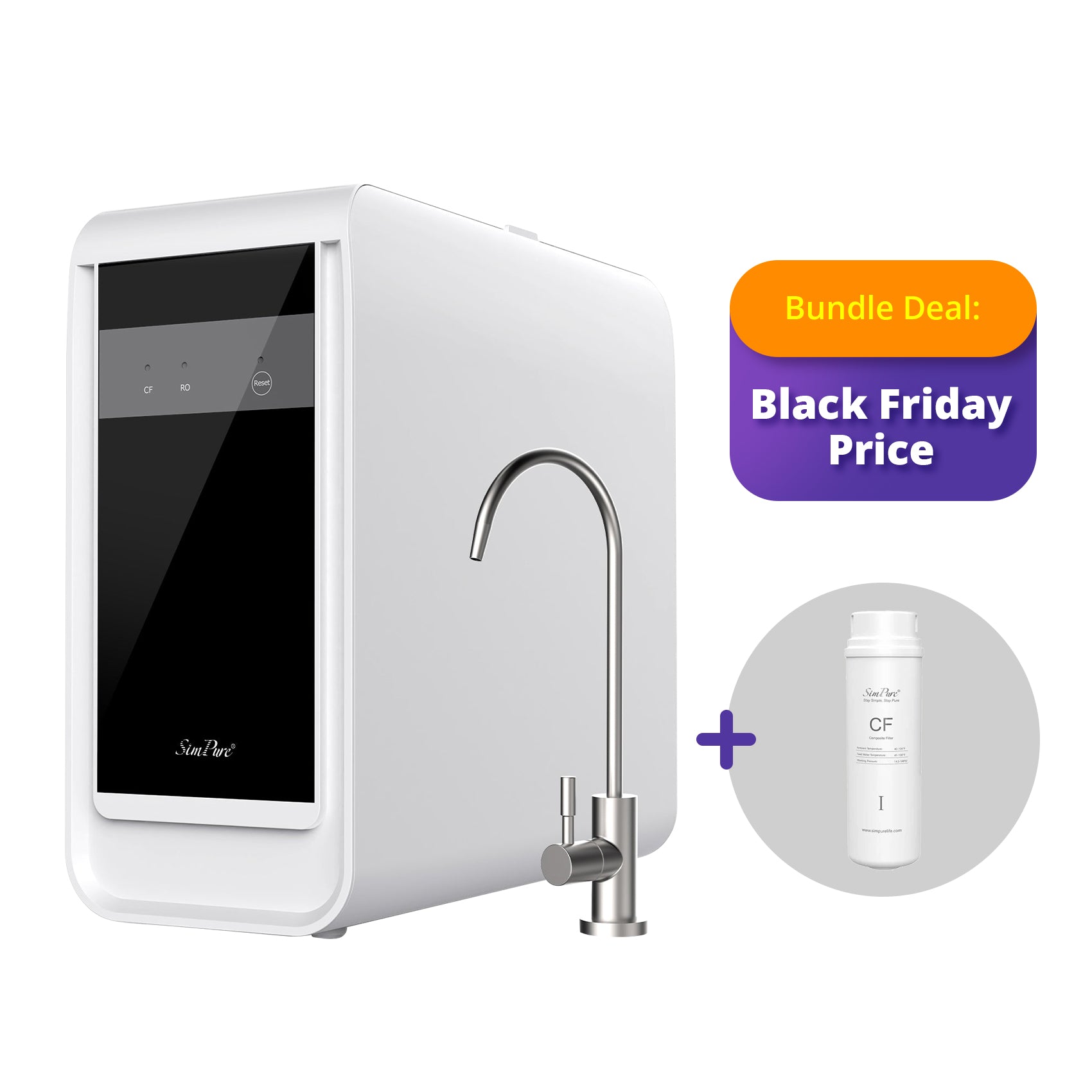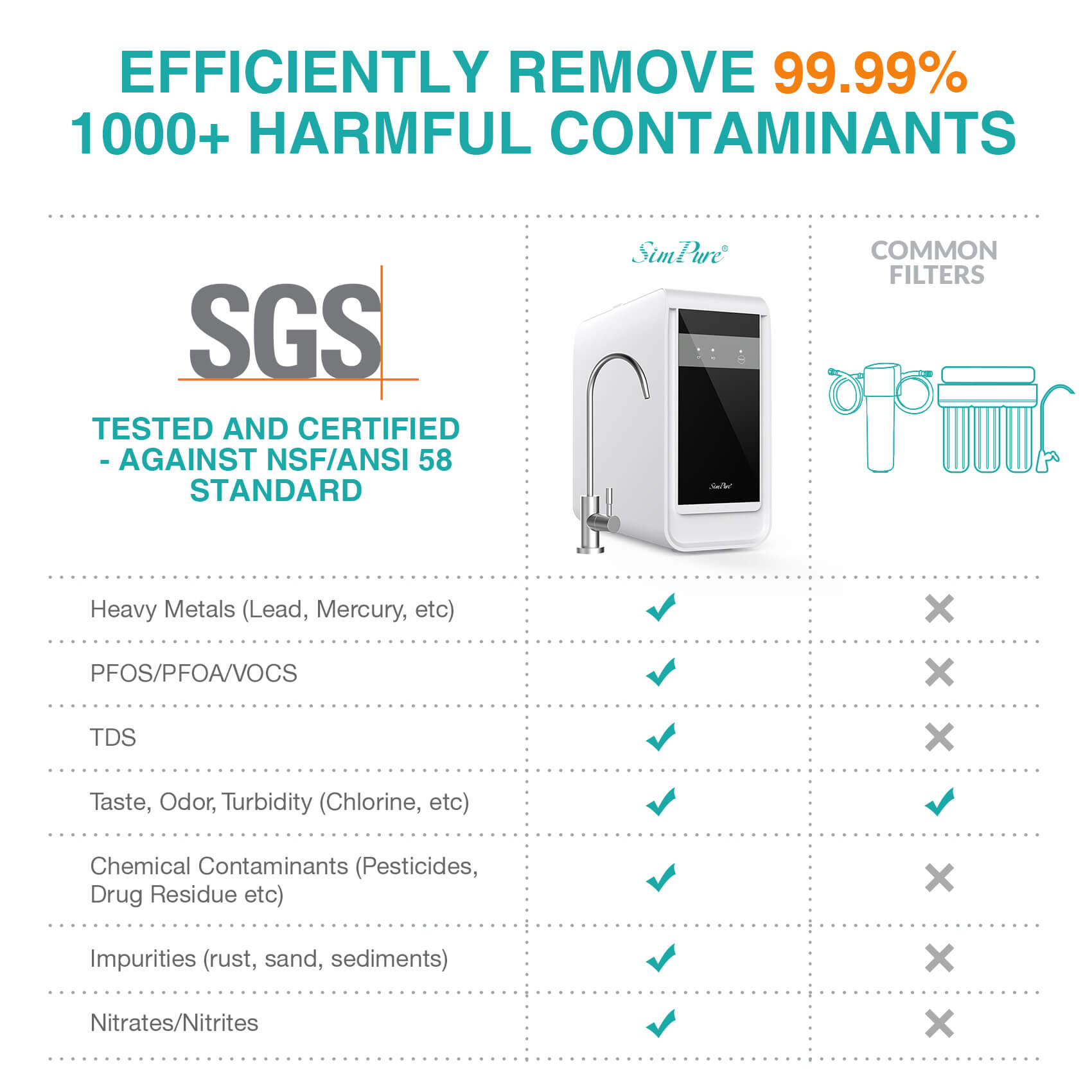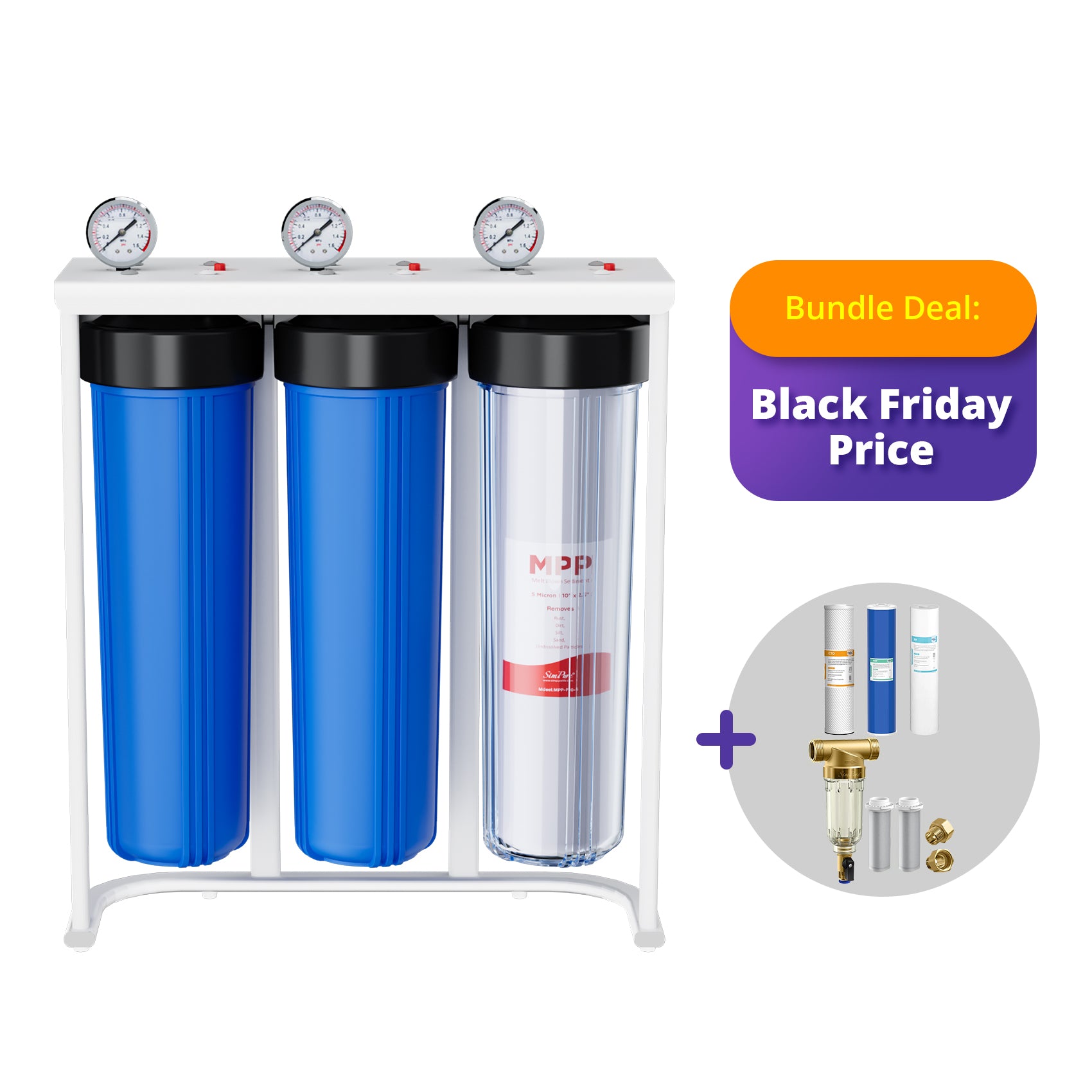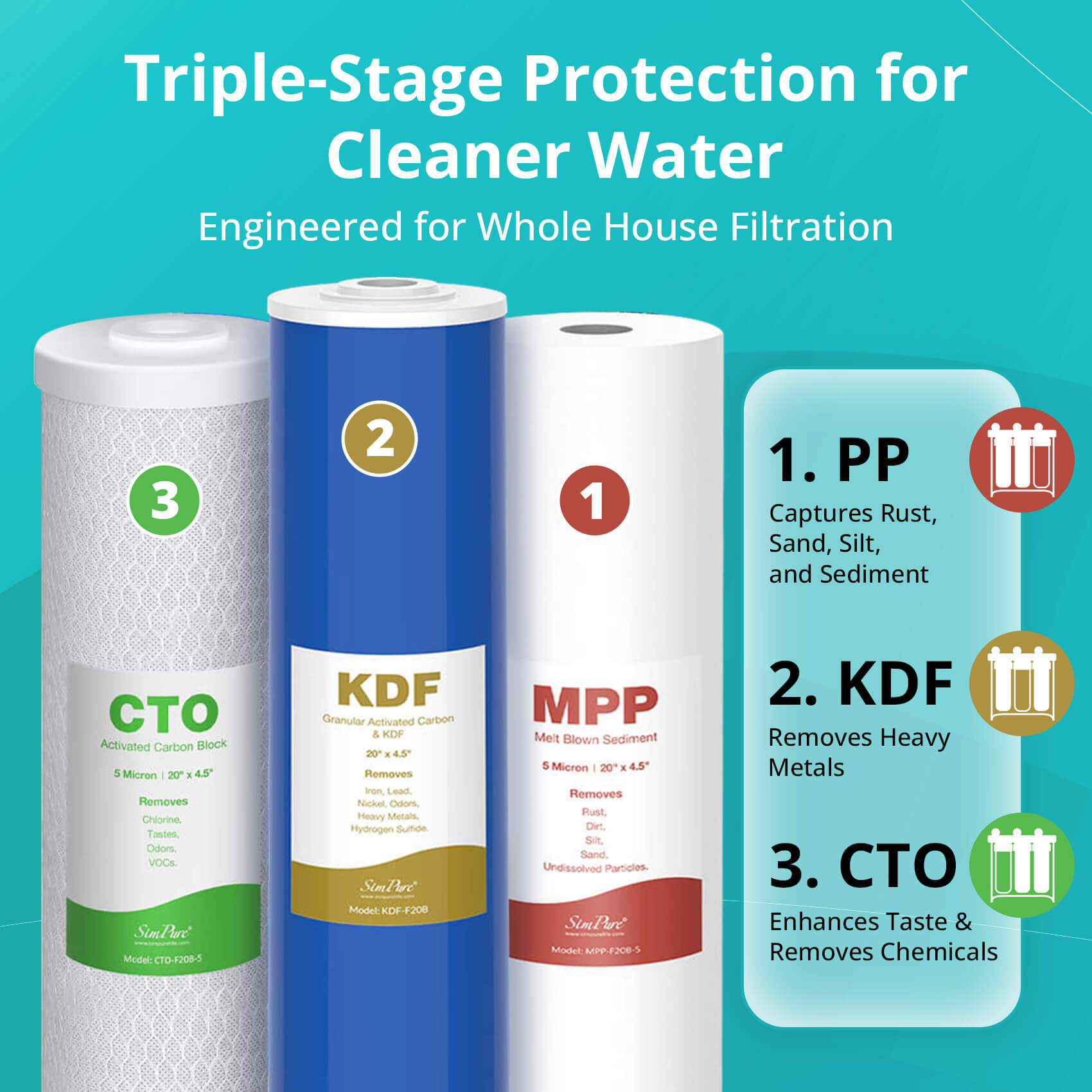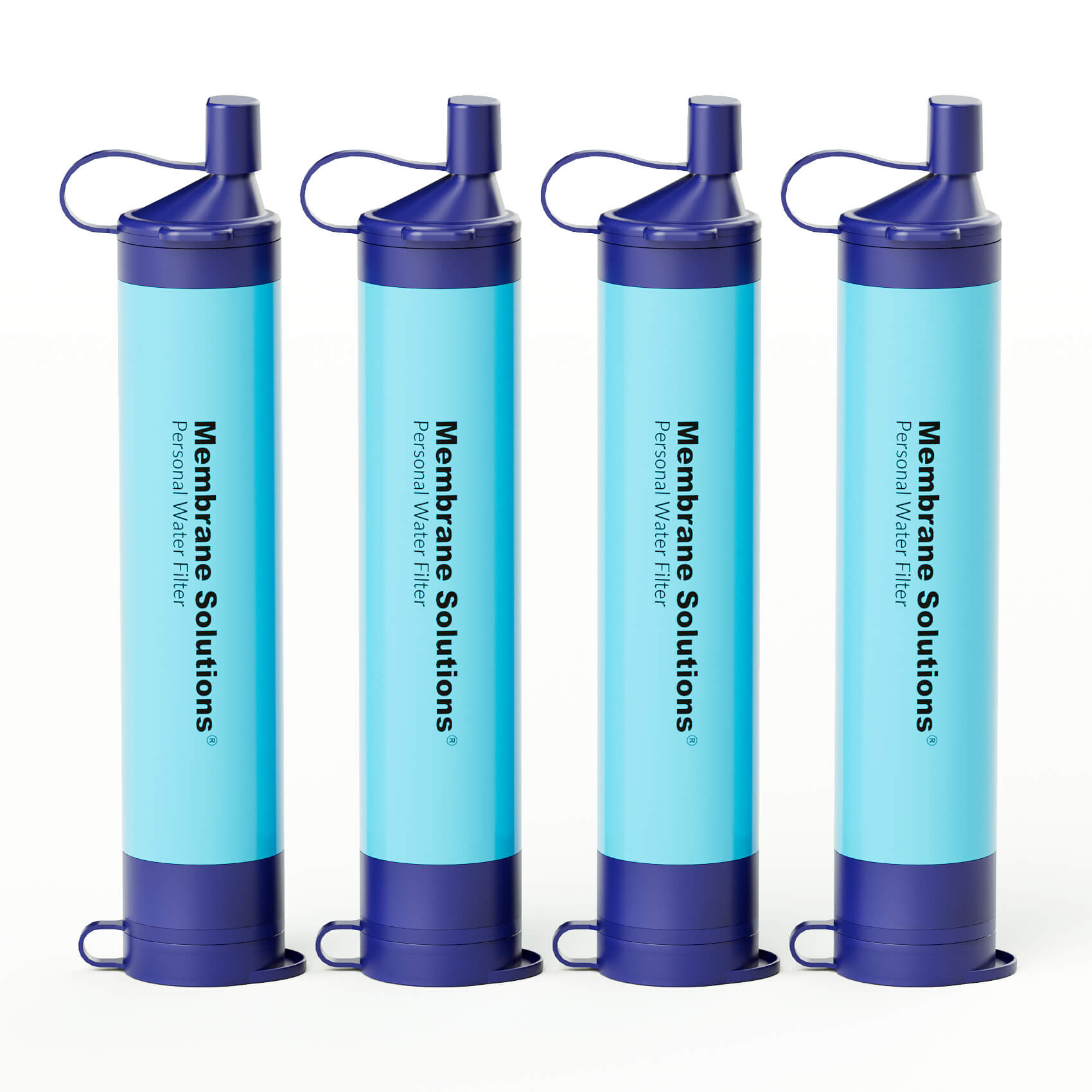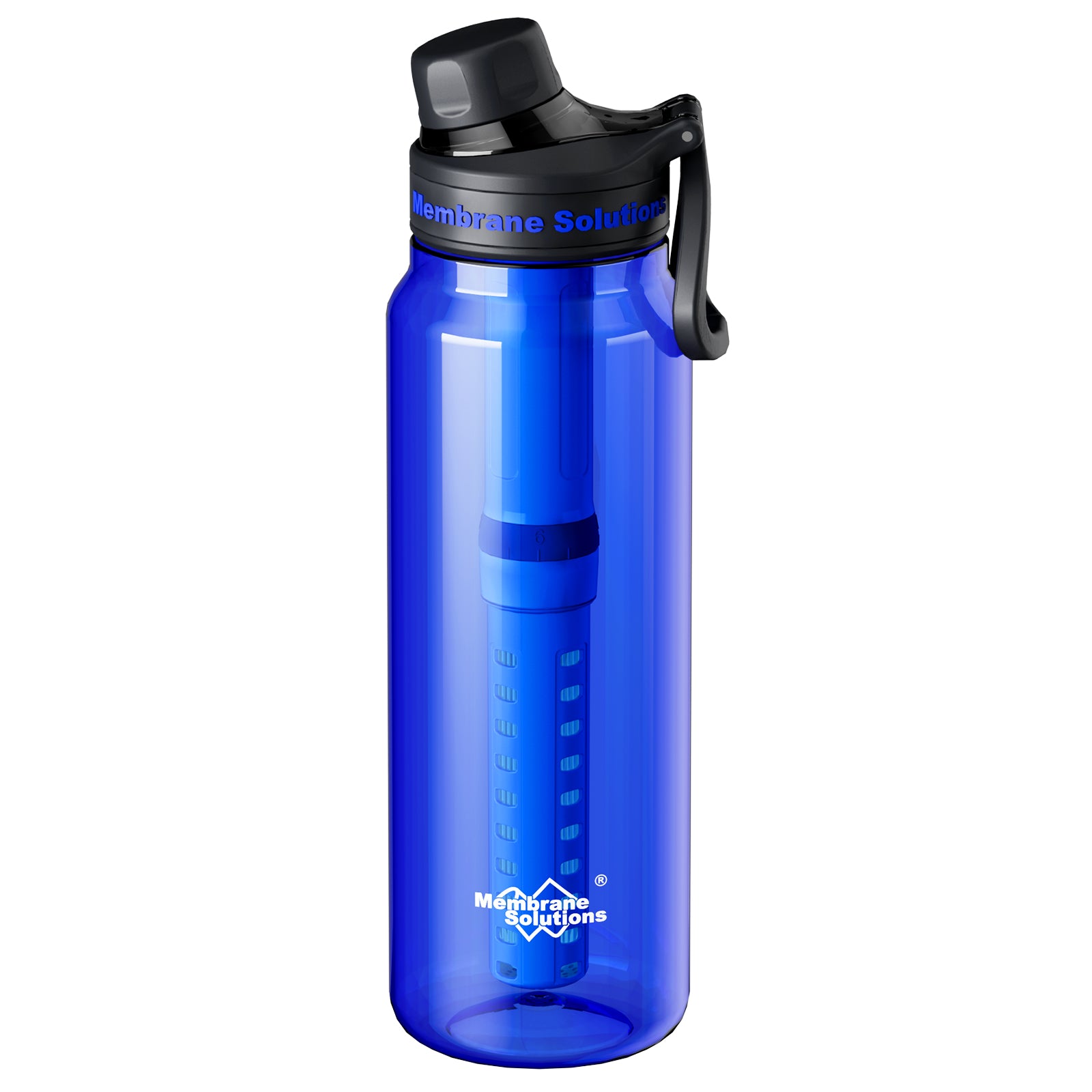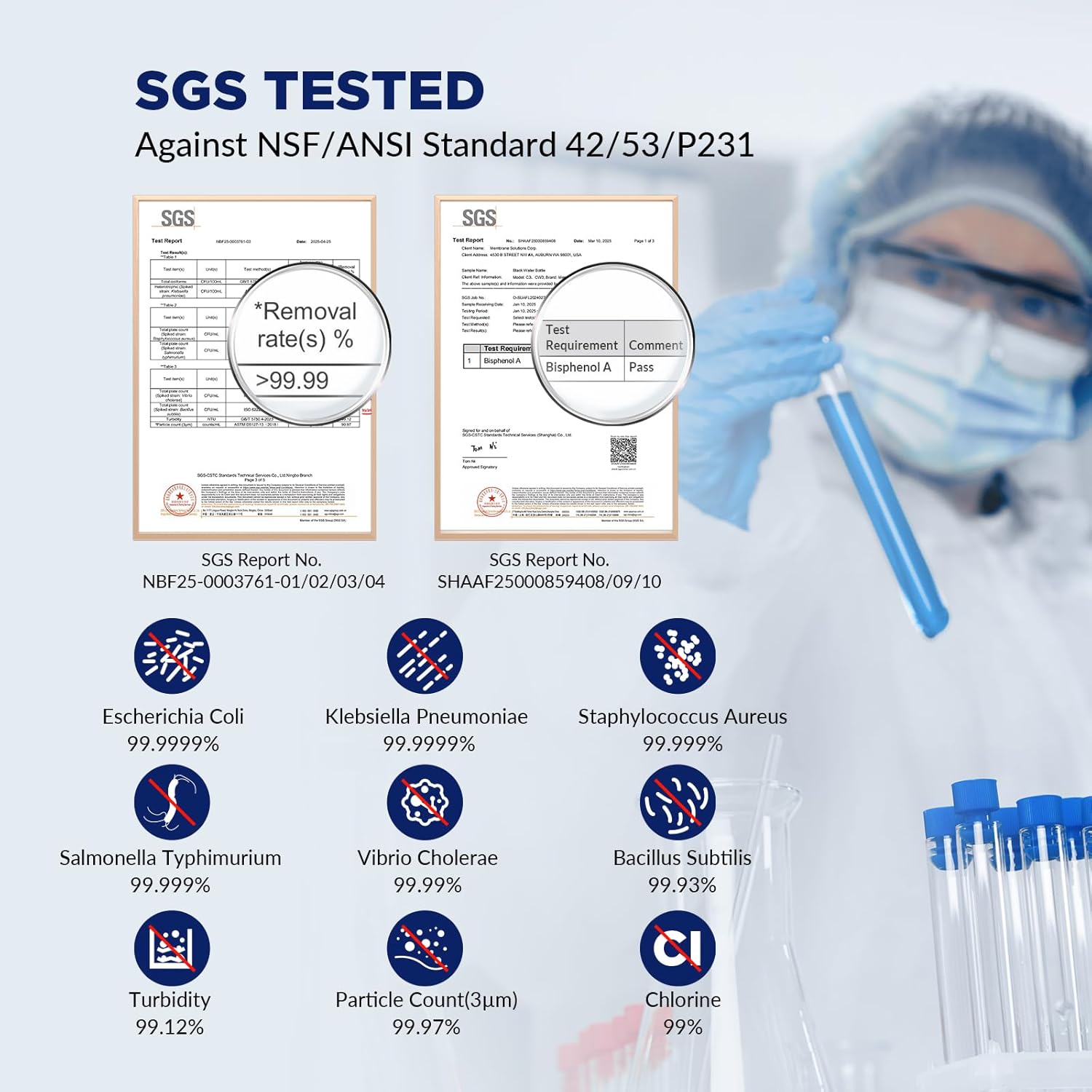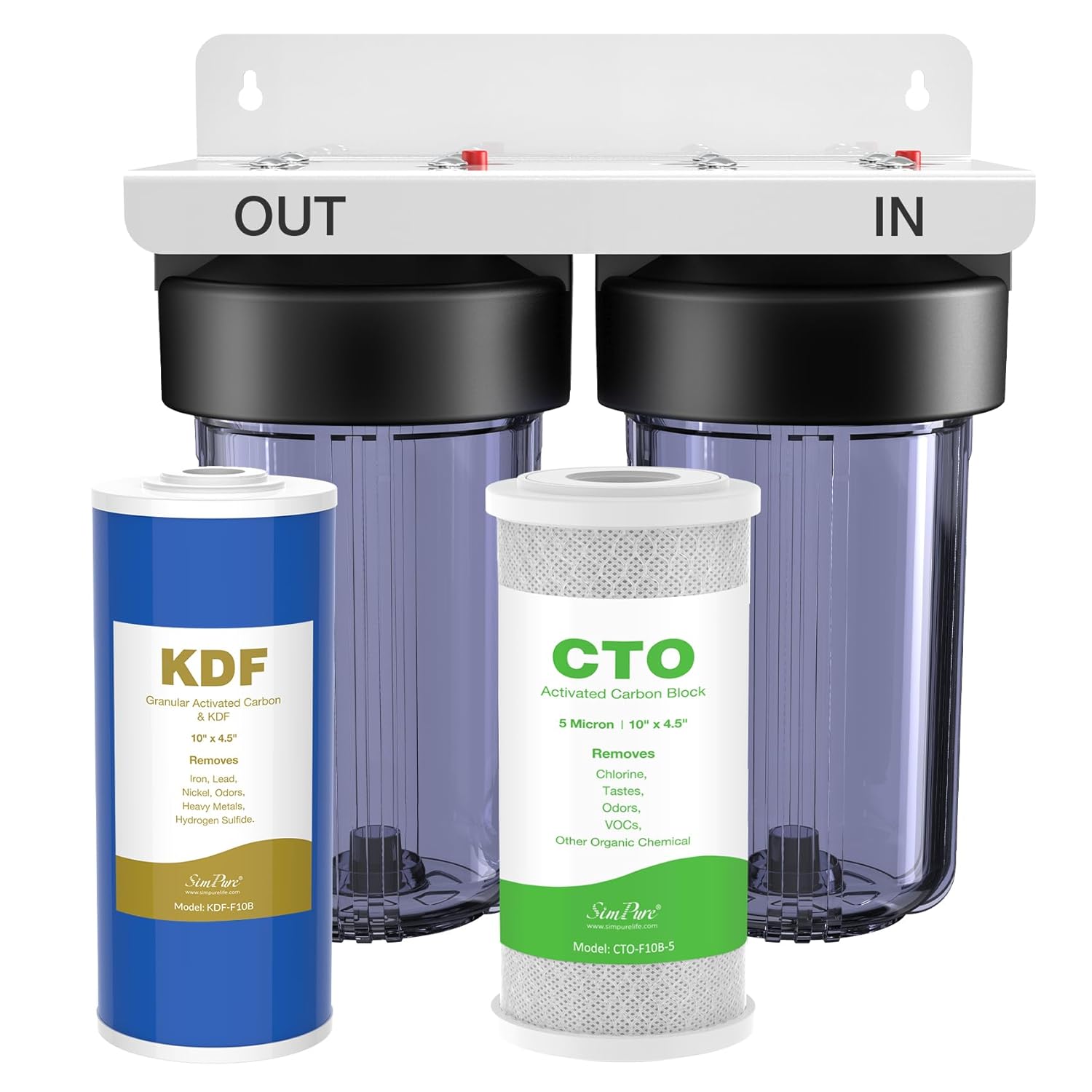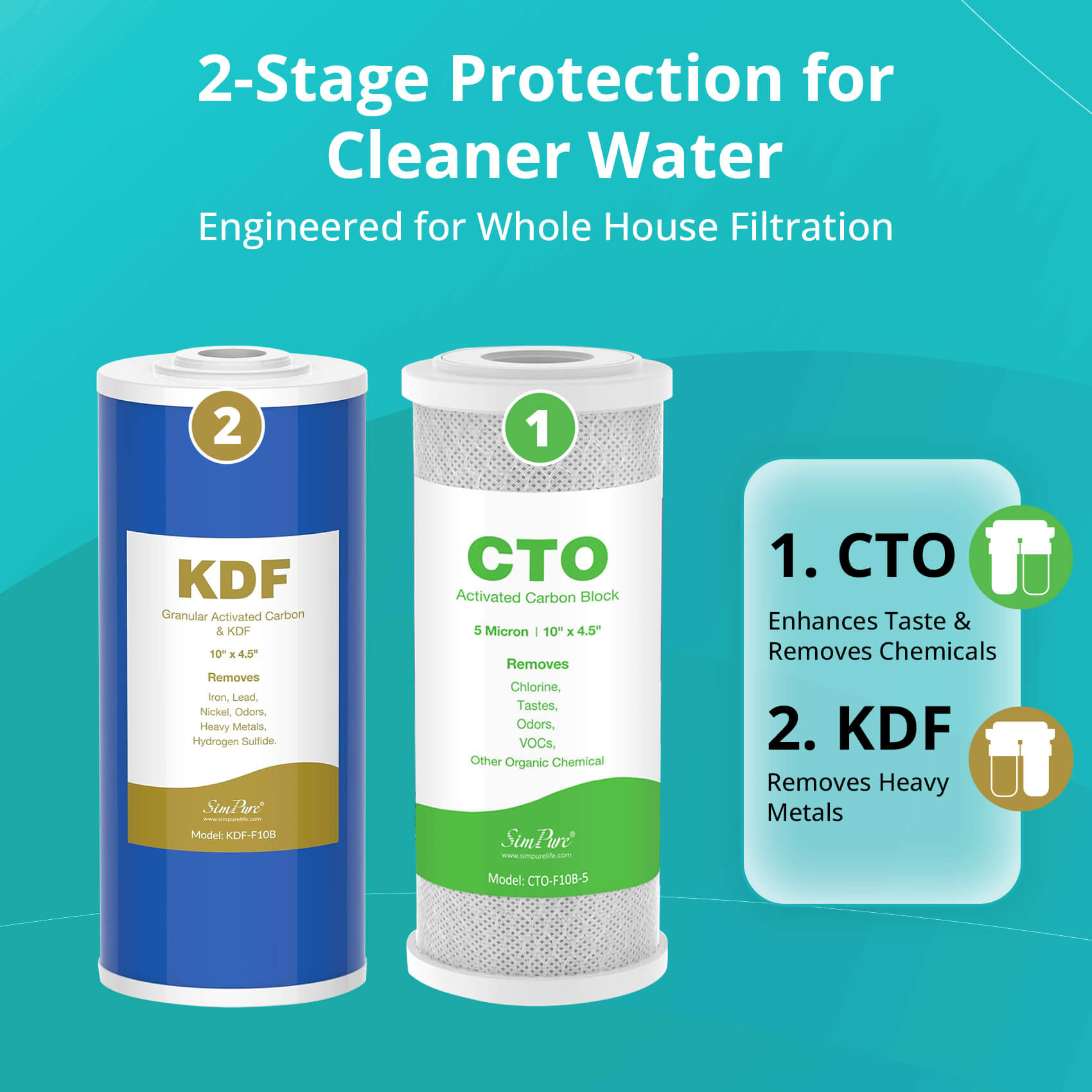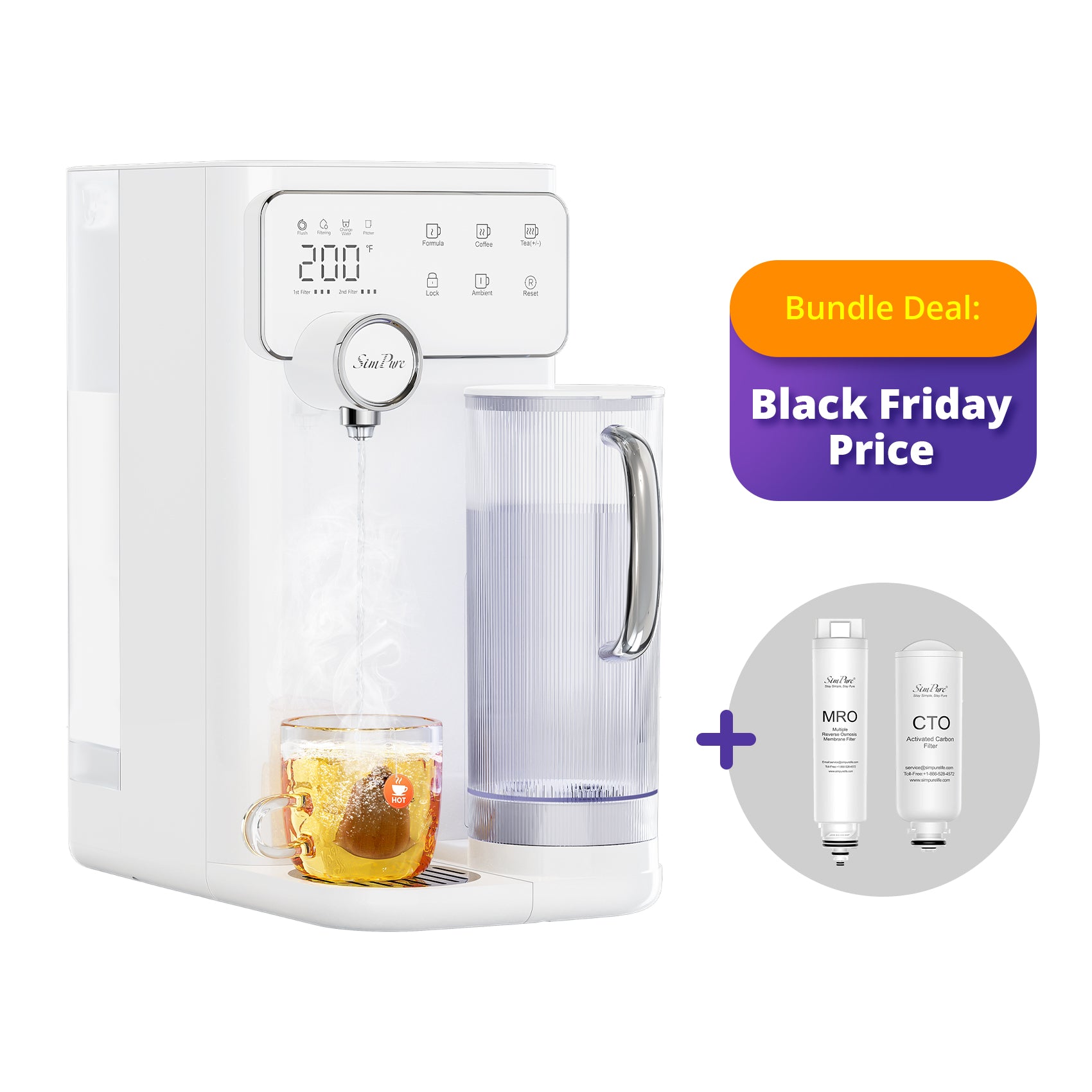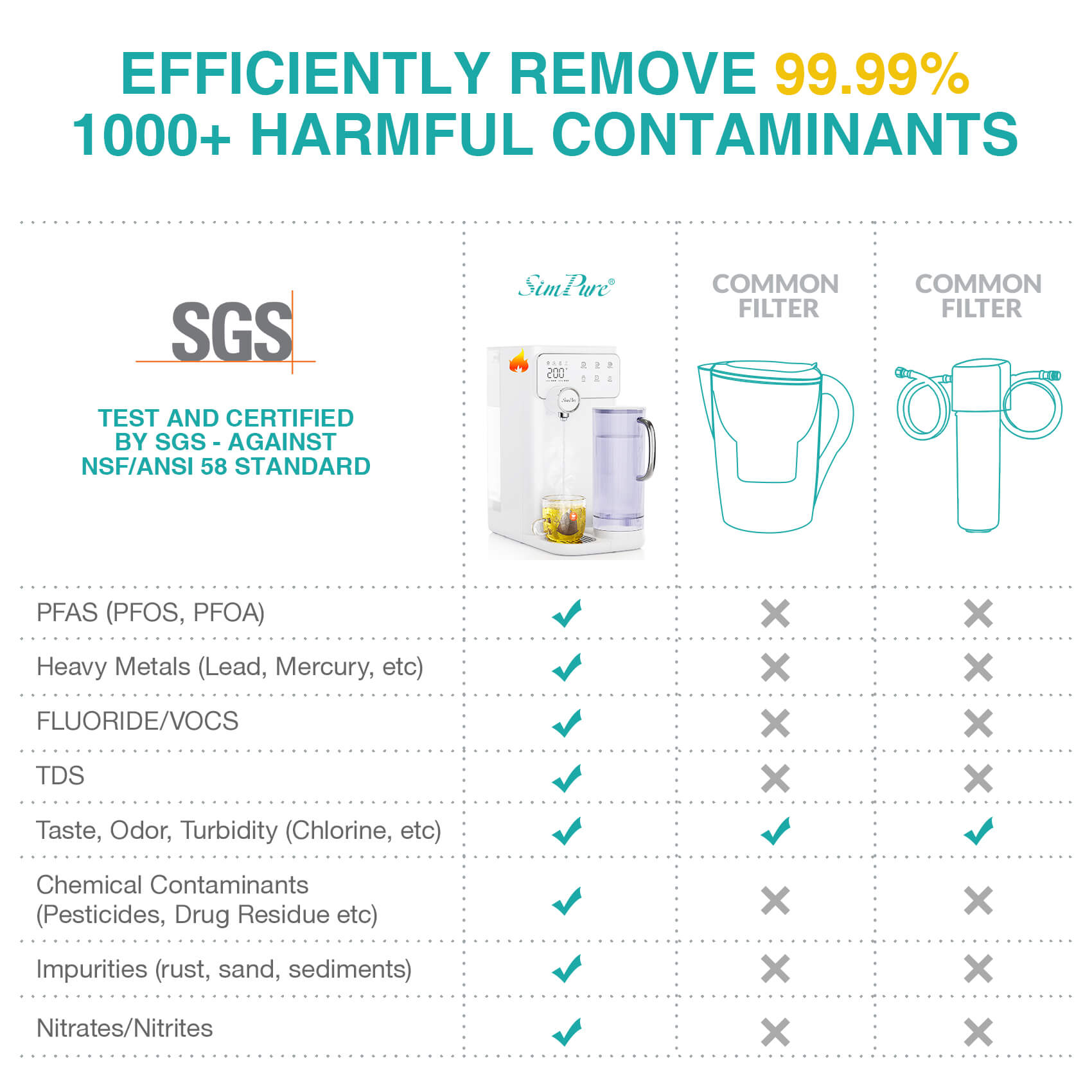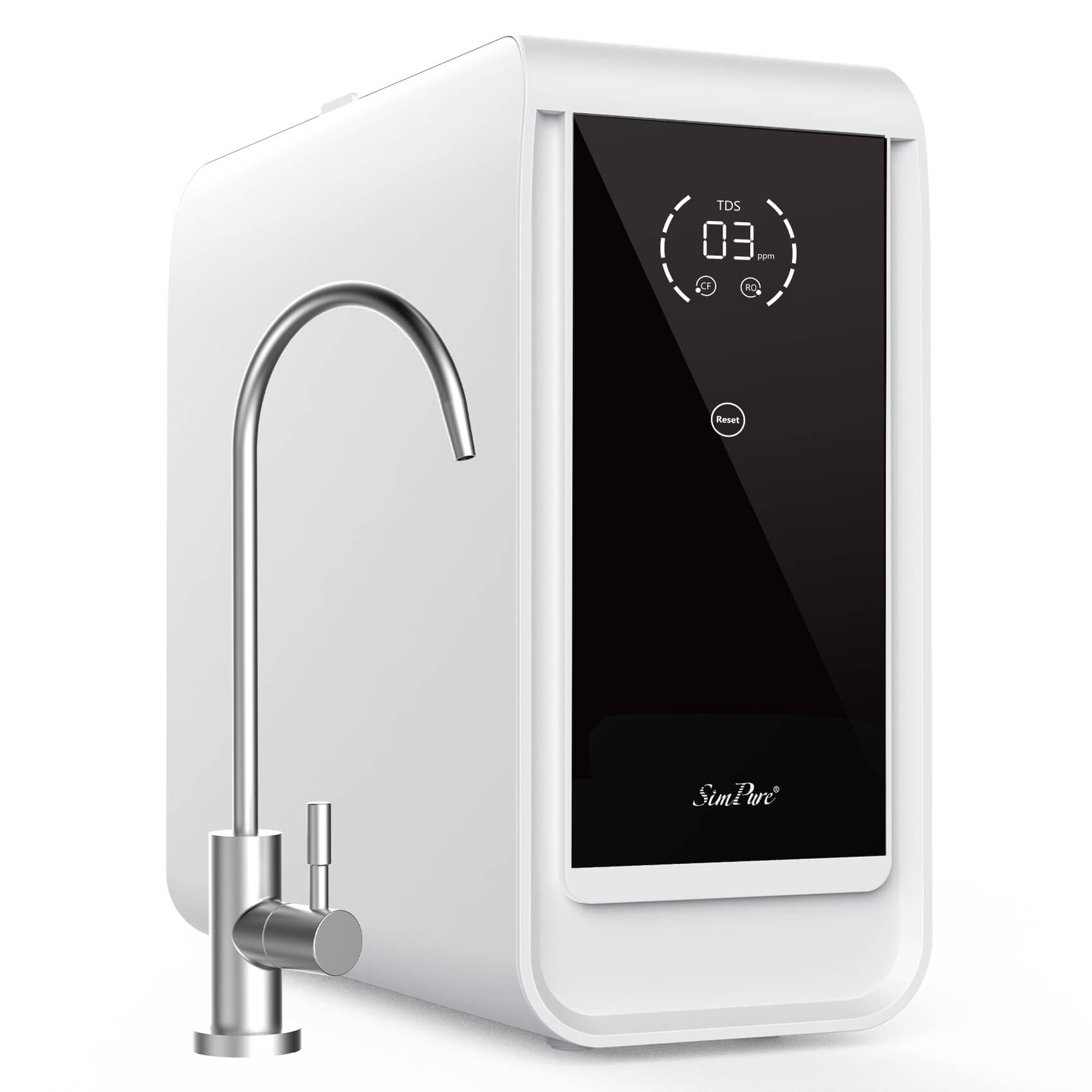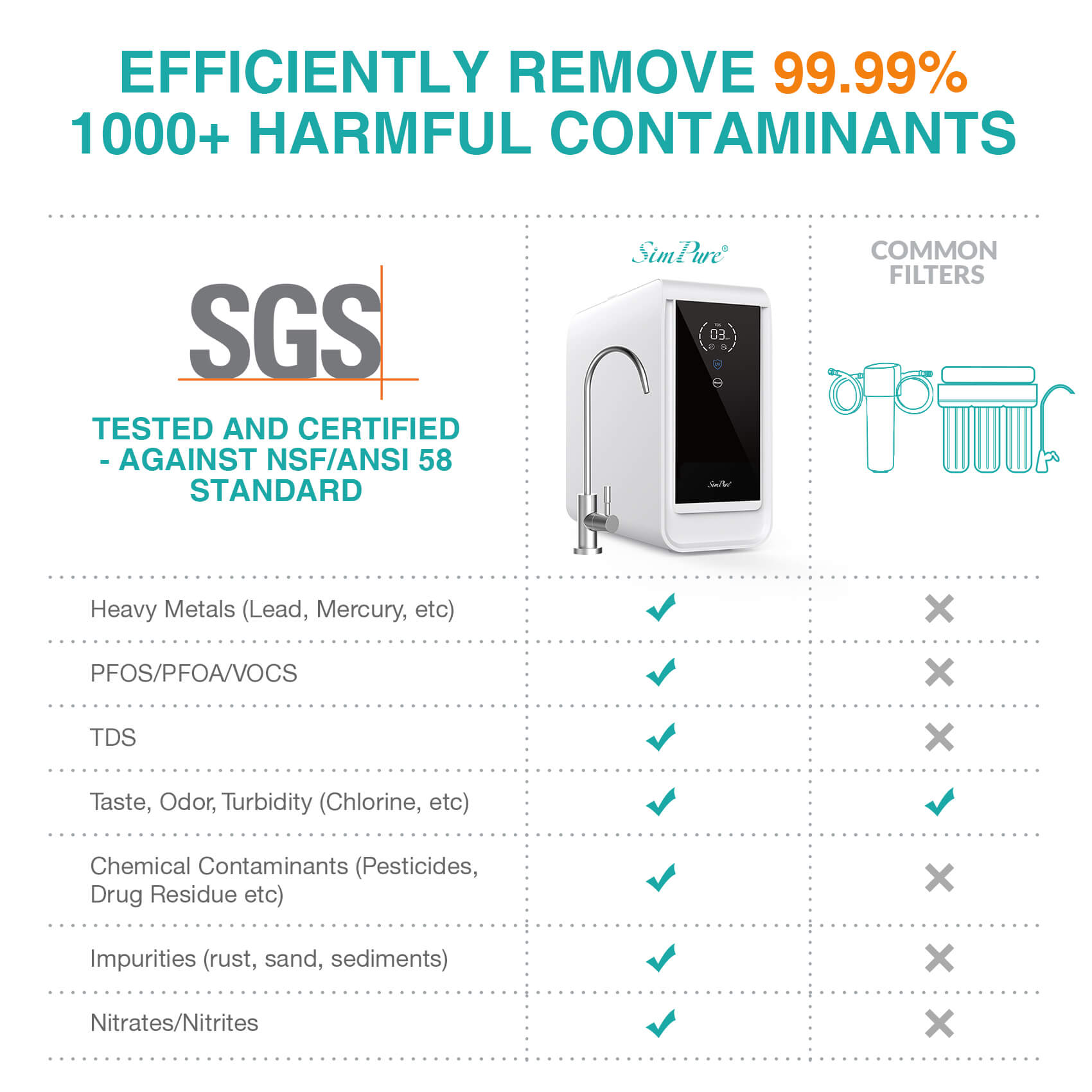As we know, air purifiers are designed to remove harmful pollutants and allergens from the air, safeguarding us from respiratory issues and allergies. Among the essential metrics that determine an air purifier's effectiveness is CFM, which stands for Cubic Feet per Minute. CFM measures the rate at which an air purifier can filter and circulate air within a given space. In this post, we explore the relevance questions of CFM in air purifiers, equipping you with the knowledge to select the perfect purifier for your indoor sanctuary.
Table of Contents
1. What is CFM in Air Purifiers?
2. What is CFM Rating for Air Purifiers?
3. Then How to Calculate CFM for an Air Purifier?
4. Top Factors Affecting CFM Requirements
1. What is CFM in Air Purifiers?
CFM, or Cubic Feet per Minute, is a vital metric that plays a pivotal role in air purifiers. It represents the volume of air an air purifier can process in one minute. Understanding CFM is crucial as it directly correlates with the purifier's efficiency in removing airborne pollutants and allergens from your indoor environment. A higher CFM rating indicates a faster air circulation rate, resulting in improved air quality. Moreover, CFM determines the purifier's coverage area, making it easier for users to identify the suitable model for their room size, ensuring effective air purification.
2. What is CFM Rating for Air Purifiers?
The CFM rating for air purifiers represents the specific airflow capacity of the device, measured in Cubic Feet per Minute. This rating indicates how much air the purifier can process and circulate within a minute, reflecting its efficiency in removing airborne pollutants.
When choosing an air purifier, the CFM rating is an indispensable factor to consider. A higher CFM rating signifies a more powerful and faster airflow, leading to enhanced purification and quicker removal of pollutants from the room. It ensures that the air purifier can handle a larger volume of air within a shorter time, making it suitable for larger spaces or areas with higher pollutant concentrations.
Its significance also lies in its direct correlation with the air purifier's coverage area. A higher CFM such as our MS601 HEPA air purifier is essential for larger rooms, as it ensures efficient air purification in those spaces. On the other hand, a purifier with a lower CFM rating such as our MS120 small HEPA air purifier might be more suitable for smaller rooms or personal spaces where air circulation requirements are not as high.
3. Then How Do You Calculate CFM for an Air Purifier?
Calculating CFM for an air purifier involves a straightforward step-by-step process. First, determine the room's volume by measuring the length, width, and height in feet and then multiplying these dimensions. Next, consider the desired air changes per hour (ACH) based on your indoor air quality needs. A higher ACH signifies more frequent air purification cycles.
To calculate CFM, use the formula: CFM = (Room Volume in cubic feet * ACH) / 60. This formula ensures you obtain the correct airflow capacity required to achieve the desired ACH for your space.
4. Top Factors Affecting CFM Requirements
1. Types of Pollutants
Different air pollutants have varying sizes and concentrations. Air purifiers targeting specific pollutants, such as smoke, pet dander, or volatile organic compounds (VOCs), may require higher CFM to effectively capture and filter these substances.
2. Allergies and Health Conditions
For those with allergies and health conditions, CFM requirements are crucial for effective air purification. Higher CFM in air purifiers ensures better removal of allergens and pollutants, offering relief and promoting healthier indoor air quality, which is essential for their well-being.
3. Room Size and Layout
The size and layout of the room impact CFM requirements. Larger rooms or open spaces require air purifiers with higher CFM to circulate and purify the air effectively. Additionally, complex room layouts with obstacles or partitions may require higher CFM to ensure proper air distribution.
4. Air Changes per Hour (ACH)
A higher desired ACH indicates the need for more frequent air purification cycles. Consequently, air purifiers in such cases would require higher CFM to meet the desired ACH level and maintain optimal air quality.
5. So What Is a Good CFM for an Air Purifier?
When searching for the right CFM rating for your air purifier, it's essential to consider your specific requirements and objectives for air purification in the following:
1. Consider Room Size and Layout
Assess the dimensions and layout of the room where you plan to use the air purifier. Larger rooms demand air purifiers with higher CFM ratings to ensure effective air circulation and purification.
2. Identify Specific Needs
Determine your specific air quality needs. If you suffer from allergies or have respiratory conditions, opt for air purifiers with higher CFM to achieve efficient removal of allergens and pollutants.
3. Match CFM to ACH
Aim for at least four to six air changes per hour (ACH) to maintain optimal air quality. Calculate the required CFM based on the room volume and desired ACH using the formula CFM = (Room Volume * ACH) / 60.
4. Consider Noise Levels
Evaluate the noise levels produced by the air purifier. Some high-CFM models may generate more noise, which can be a concern in bedrooms or quiet spaces.
5. Energy Efficiency
Balance CFM requirements with energy consumption. Opt for air purifiers with a suitable CFM rating that efficiently clean the air without consuming excessive energy.
Bonus: What Is the Difference Between CFM and CADR?
CFM (Cubic Feet per Minute) and CADR (Clean Air Delivery Rate) are both important metrics used to measure the performance of air purifiers, but they have different purposes.
CFM represents the airflow capacity of an air purifier, indicating how much air it can process in one minute. A higher CFM typically results in faster air circulation, leading to more efficient purification.
On the other hand, CADR focuses on the air purifier's effectiveness in removing specific pollutants like dust, pollen, and smoke from the air. It quantifies the volume of clean air produced per minute, reflecting the purifier's ability to tackle different airborne particles. For more, you can read our previous blog: what is CADR.
While CFM indicates the overall airflow capacity, CADR helps users assess the purifier's pollutant removal efficiency. In summary, CFM relates to airflow, while CADR focuses on air purification performance.
In conclusion, CFM in air purifiers is paramount for achieving optimal performance. The CFM rating directly affects the purifier's efficiency in removing pollutants and allergens, ensuring cleaner and healthier indoor air. As readers, it's crucial to make informed decisions by considering CFM ratings in relation to room size and air quality needs. When you purchase the air purifiers, remeber tocheck the CFM based on your needs.


